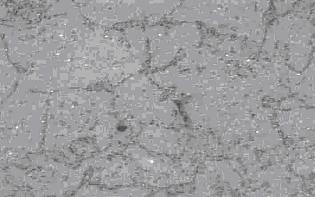Replication is used as a tool for evaluating microstructures and other surface features in lieu of laboratory evaluations. Observations are made in the field and can also be made in a laboratory after the samples are transported. For field application, a portable magnification microscope is used to observe prepared metal surfaces and the quality of the replica. A portable microscope with photographic capabilities can also be used to provide digital or positive prints of the examined areas.

Replication provides the metallurgical engineer a two-dimensional view of the microstructure, similar to that observed in a laboratory metallographic specimen. Features such as grain size and orientation, carbides and cracks are easily identifiable. Results can be presented to field and plant personnel during an on-site visit. It can be used to provide meaningful metallurgical information to support ongoing nondestructive evaluation. Remaining life assessment and replication techniques is extensively used in remaining life assessment and condition monitoring of high temperature components.
|
|
| Training, Examination, Auditing, Consulting on Quality Analysis |
| Material Selection and support |
| Engineering Evaluation of metals |
| Written practice, Procedure development & Technical reporting. |
| Third party client representation. |
| Interpretation of codes/ specifications/ standards. |
| Safety Training related to metallurgy |
| Online Certification and consultation for all failure analysis |
| Metallography and its inferences |
| Consultancy Services - Remaining Life Assesment |
|
|
|

